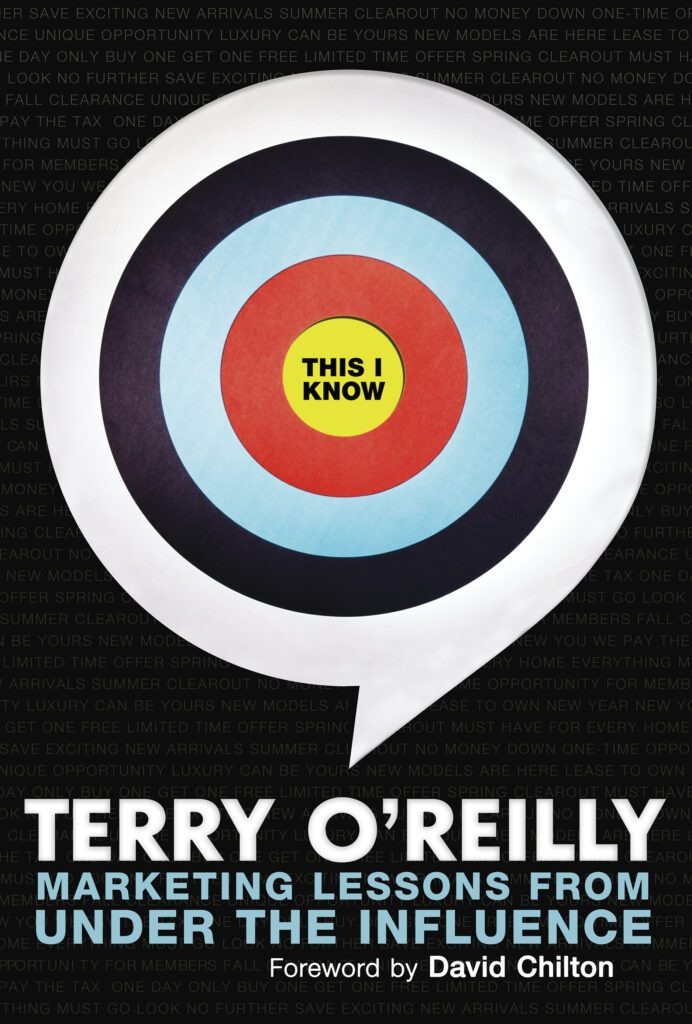In 701 B.C. the Assyrian empire was in its ascendancy. It had already vanquished the kingdom of Israel to the north including the capital at Samaria. It then prepared an assault on Judah and its capital at Jerusalem.
But in one of those significant events that changes the course of world history, Assyria was repelled. Jerusalem was saved until 586 B.C. when the Babylonians sacked the city, forcing its leadership class into exile.
Henry Aubin, in a major feat of scholarship, determines that Jerusalem was aided by a Kushite army from Africa which had marched northeast from the Nile valley. While the Bible attributes the Assyrian retreat to an angel and secular commentators cite pestilence, Aubin, in a meticulously documented work, demonstrates that an alliance with the African nation of Kush bolstered Jerusalem’s defences.
Kush, also known as Nubia, was located in what is now southern Egypt and northern Sudan. A monarchy that existed for more than 1000 years, from 900 B.C. to A.D. 350, Kushites held sway over Egypt from 712 B.C. to about 660 B.C. Of Egypt’s 31 dynasties, this, the 25th Dynasty, is the only one that all scholars agree, was black.
The commander of the Kushite expeditionary force was Taharqa (or as the Bible calls him Tirhakah). This Kushite prince, who had his own interests in halting Assyrian expansion, likely caught the aggressors by surprise as they prepared their siege of Jerusalem.
Aubin offers a thrilling military history and a stirring political analysis of the ancient world. He also sees the event as influential over the centuries.
The Kushite rescue of the Hebrew kingdom of Judah enabled the fragile, war-ravaged state to endure, to nurse itself back to economic and demographic health, and allowed the Hebrew religion, Yahwism, to evolve within the next several centuries into Judaism. Thus emerged the monotheistic trunk supporting Christianity and Islam.


This I Know
Big Marketing Lessons for Small Business
Now a Globe & Mail Bestseller!
Canada’s most famous adman spills a career’s worth of marketing secrets, so anyone can compete with the best in their business – whatever that business may be.
Big Companies spend a fortune marketing their wares and services. Can yours? Invariably people ask advertising veteran and CBC Radio host Terry O’Reilly one question more than any other: How does a little business that can’t afford a big-time marketing agency access high-level marketing thinking?
After decades at the helm of an award-winning advertising company, and over a decade exploring the art and science of marketing for CBC Radio, O’Reilly delivers all the answers they–and anyone with something to sell–ever wanted to know.
Following his bestselling Age of Persuasion, O’Reilly collects a lifetime of marketing wisdom into an indispensable guide to competing for your customer’s attention. From understanding what business you’re really in and foregoing the extra mile in favour of the extra inch, to the benefits of counter intuitive thinking and knowing an opportunity when you see one, This I Know will help anyone understand the fundamentals of good marketing strategy and building the relationships that turn good marketing into great results, no matter how big or small your budget.
Click here to listen to Under the Influence on CBC Radio.
The Age of Persuasion
How Marketing Ate Our Culture
“Advertising is the greatest art form of the 20th Century.â€
Marshall McLuhan
“Advertising is the rattling of a stick inside the swill bucketâ€
George Orwell
Witty, erudite, and irrepressibly irreverent, Terry O’Reilly and Mike Tennant offer a lively social history of advertising and its impact as a major cultural force in modern life.
Terry O’Reilly is the perfect guide to the age of persuasion. As the host, creator and co-writer with Mike Tennant of two wildly popular CBC Radio series on advertising, he is known as a delightful raconteur and scholar of media literature. But unlike academics, his day job as one of the top directors of radio and TVcommercials, affords him a unique perspective on marketing and how it has driven a change in the way we react to media.
The age of persuasion dawned in the 1880s with the rise of ad agencies. In its fledgling years, advertising was defined as “salesmanship on paper.†That concept was left in the dust with the explosion of media and consumerism. Radio in the 1920s and television in the 1950s spawned market research and the idea of persuasion as a “science.†The creative explosion in the 1960s, however, revealed persuasion to be a delicate “art.†In the 1980s, the arrival of a multi-channel universe and MTV’s rapid-fire editing of images and sound, forever altered our attention span and notions of fast and slow, short and long.
The authors also explore such topics as ad clutter, the implied contract advertisers have with consumers and the peril of breaking it. They chart the rise and fall of branded entertainment, disclose new language of persuasion and candidly reveal examples of opportunism and cynicism. But they also appreciate the inventiveness, craft and art in creating the best ads that add colour to daily life.
For more information about Terry O’Reilly’s radio show, The Age of Persuasion, follow the link:
http://www.cbc.ca/ageofpersuasion/2009/01/season_3_episode_4_rethink_the.html
Click here for a Globe and Mail article on The Age of Persuasion radio show:
http://tinyurl.com/rx4h2a
These two marketing insiders are featured in the New York Times:
http://www.nytimes.com/2010/04/18/business/18shelf.html
Exciting news! A tv version of The Age of Persuasion is in the works:
http://www.bunburyfilms.com/films/dev/tv/aop.html
Follow this link to Mike Tennant’s blog:
http://miketennant.blogspot.com/
Here is Terry O’Reilly’s website: